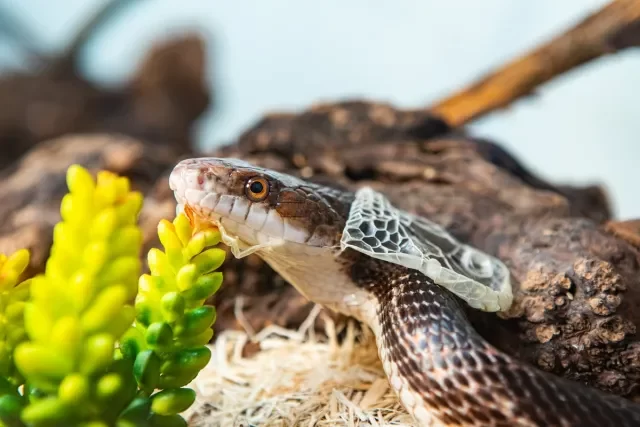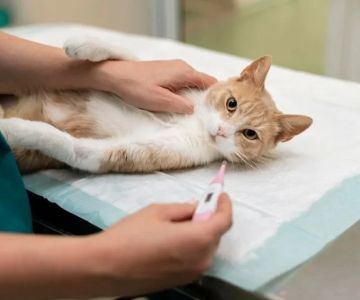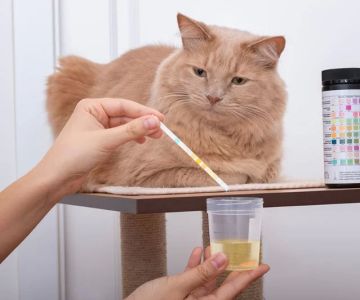How to Deal with Pet Snake Shedding Problems: Solutions for a Healthy Shed
- Understanding Snake Shedding
- Common Shedding Issues in Pet Snakes
- How to Facilitate a Smooth Shedding Process
- When to Worry About Shedding Problems
- Real-Life Stories of Shedding Success
- Recommended Products for Snake Shedding
1. Understanding Snake Shedding
Shedding, or ecdysis, is a natural process in which snakes shed their old skin to allow for growth and to rid themselves of parasites. This process is crucial for maintaining a healthy and vibrant pet snake. Understanding the shedding cycle is essential for any snake owner, as it helps you identify when your snake is about to shed and how to assist the process if necessary.
Typically, snakes shed their skin in pieces, and the process can take anywhere from a few days to a week. The timing of shedding varies depending on factors like age, species, and environmental conditions. Younger snakes, for example, shed more frequently as they grow rapidly, while older snakes may shed less often.
2. Common Shedding Issues in Pet Snakes
While shedding is a normal process, pet snakes can encounter a variety of issues that may interfere with a smooth shed. Here are some of the most common shedding problems:
- Incomplete Shedding: This occurs when the snake sheds its skin but leaves behind patches of old skin, especially around the eyes, tail, and other difficult-to-reach areas. This issue is often referred to as “retained shed.”
- Dry Skin: If the humidity in the snake’s enclosure is too low, the skin can become too dry, leading to difficulty shedding. This can result in pieces of skin sticking to the snake or a delayed shedding cycle.
- Stress: Stress can interfere with the shedding process. Factors like a sudden change in environment, improper handling, or the presence of other pets can cause stress, leading to incomplete or delayed shedding.
Identifying and addressing these issues early is essential for ensuring your snake’s health and comfort during the shedding process.
3. How to Facilitate a Smooth Shedding Process
If your pet snake is having trouble shedding, there are several steps you can take to help facilitate a smooth and healthy shed:
- Increase Humidity: Ensure that the humidity levels in your snake’s enclosure are adequate. Most snakes require a humidity level of 50-70%, but some species may need higher humidity levels. Use a humidity gauge to monitor levels and adjust as needed by misting the enclosure or using a humidity box.
- Provide a Shedding Box: A shedding box filled with moist sphagnum moss or a wet towel can provide a humid environment that encourages shedding. Make sure the box is large enough for your snake to move in and out of comfortably.
- Maintain Proper Temperature: The temperature in the enclosure plays a vital role in the shedding process. Ensure that your snake’s habitat has a warm side with temperatures between 85-90°F to help with the shedding process. Avoid placing your snake in areas that are too hot or cold.
- Use Gentle Handling: While it’s tempting to help by removing stuck skin, avoid pulling at the skin yourself. Instead, gently increase humidity and provide the right environment, and the snake will naturally shed its skin when ready.
By providing the right environment and conditions, you can help your snake shed comfortably and avoid complications.
4. When to Worry About Shedding Problems
While shedding issues are relatively common, there are times when you should be concerned. Here are a few signs that you may need to seek veterinary help:
- Retained Eye Caps: If the eye caps (the skin covering the eyes) do not shed, your snake may suffer from impaired vision, which can affect its behavior and health.
- Prolonged Shedding Process: If your snake has not shed within 7-10 days after the usual start of the process, it may indicate an underlying health issue, such as dehydration or a skin infection.
- Visible Skin Infection: If you notice any sores, blisters, or signs of infection on the skin, it’s essential to consult a vet as soon as possible.
If you encounter any of these problems, it’s best to consult a veterinarian who specializes in reptiles to ensure your snake remains healthy.
5. Real-Life Stories of Shedding Success
Many snake owners have shared their experiences with overcoming shedding problems. For example, Sarah, an experienced pet snake owner, had this to say about her corn snake:
"My corn snake always struggled with shedding, especially around his eyes. I started providing a humidity box, and within a few weeks, he shed perfectly. I also noticed that by adjusting the temperature and humidity, the process became much smoother for him."
Sarah’s story highlights how small adjustments to the environment can significantly improve the shedding process for your pet snake.
6. Recommended Products for Snake Shedding
If you're dealing with shedding issues, here are some recommended products that can help:
- Humidity Box for Snakes – Perfect for maintaining high humidity levels, ensuring a comfortable environment for shedding.
- Reptile Mist Sprayer – Ideal for spraying moisture in your snake’s enclosure to maintain the right humidity.
- Shedding Aid Spray – A safe, gentle spray that can help ease the shedding process, particularly for tough skin areas like the eyes.
These products are designed to support your snake’s shedding process and ensure that it remains healthy and comfortable during each shed cycle.
By following these tips and solutions, you can ensure that your pet snake has a healthy and stress-free shedding process. Learn more about snake care and find recommended products at Hidden Brook Veterinary.










